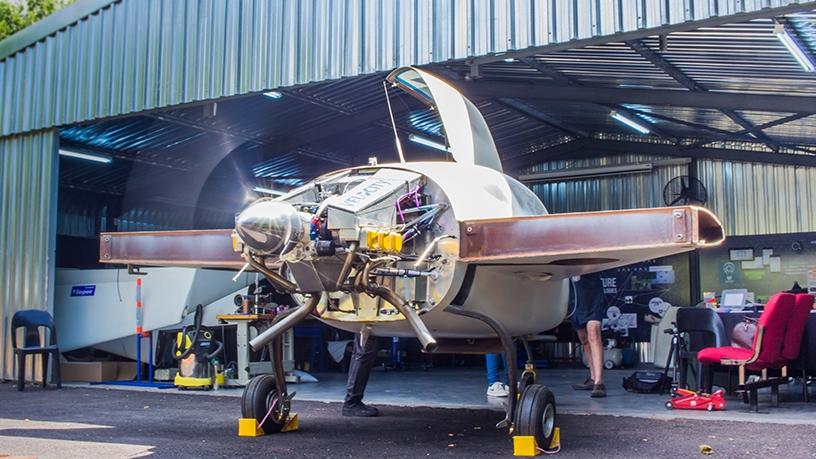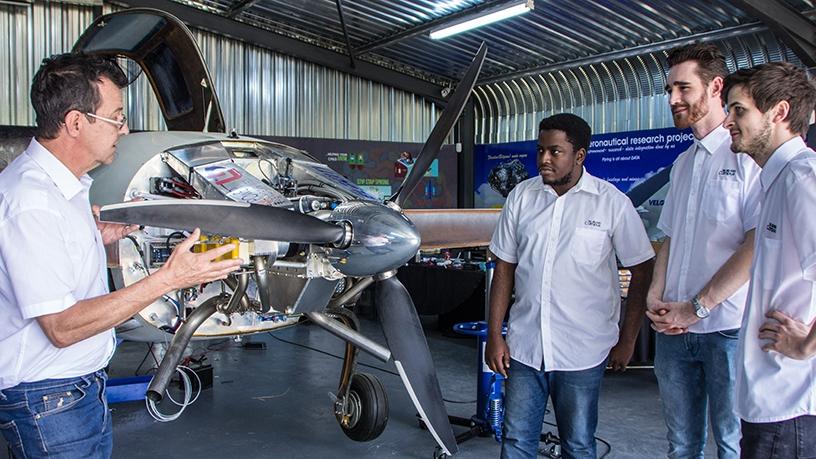
Students at local ICT-focused learning institute, Belgium Campus, have built an aircraft that uses software that aims to address the need for pilot safety.
Named Velocity, the aircraft is part of the faculty's Aeronautics Research Project.
With the guidance of industry leaders, such as pilots, aeronautical engineers, aircraft maintenance organisations and lecturers, students at the tertiary institution began working on their own aircraft model in August 2017.
According to Jan Rombouts, executive chairman of Belgium Campus and project lead, after identifying that the two most common causes of death in general aviation are loss of aircraft control and lack of oxygen due to high altitudes, the students were motivated to deal with this issue.
Once this was done, Rombouts notes, the students developed an aircraft with software that addresses the need for pilot safety. "Our Velocity is programmed and designed by a team here, including aeronautics engineers, ensuring the safety of the build."
The chairman explains that in aviation, most of the systems, besides the glass cockpit, have remained the same when compared to those used up to the 1960s. This, he says, is due to the over-regulated and unfeasible financial certification process.
Although most of the components and technology used in the project already exists in the technological market, the students redefined the technology so that it meets the required functions, notes Rombouts.
Core components required to build Velocity were sourced both locally and abroad. The aircraft prop is from New Zealand, the engine comes from Belgium, the fuselage and wings are from the US, the radio and transponder are also from the US, while the glass cockpit is produced by a South African company.
Rombouts states work on Velocity is an ongoing process. "This project has no end-date scheduled; this aircraft is due for innovation and upgrades no matter how small. The projects always revolve around the safety of pilots and to decrease the overall workload for the pilot, allowing it to be a safe and fun experience."
The Velocity aircraft has already been moved to Wonderboom Airport, its headquarter facility. The decision to move the aircraft to Wonderboom Airport is so that it undergoes the required test flights, which should be in the next month or two, says the project leader.
Nothing has been set in stone about deploying Velocity commercially yet, but things may change at a later stage.

Rombouts notes regulations are in place to inspect, measure and gather more information before moving forward.
"This is the first of its kind so placing it commercially would come with a certain risk. The aviation industry classifies our Velocity project as 'experimental' as the technology built in has never been used in commercial aircrafts at a small scale.
"So for research purposes, allowing our students to push boundaries and the complete aviation sector, this aircraft will remain experimental and for research purposes only. It will be data-driven... learning from each and every single flight. Wind adjustments and altitude measurements will provide insight to improve safety in aviation."
Share